The Dead Stink Bug Band
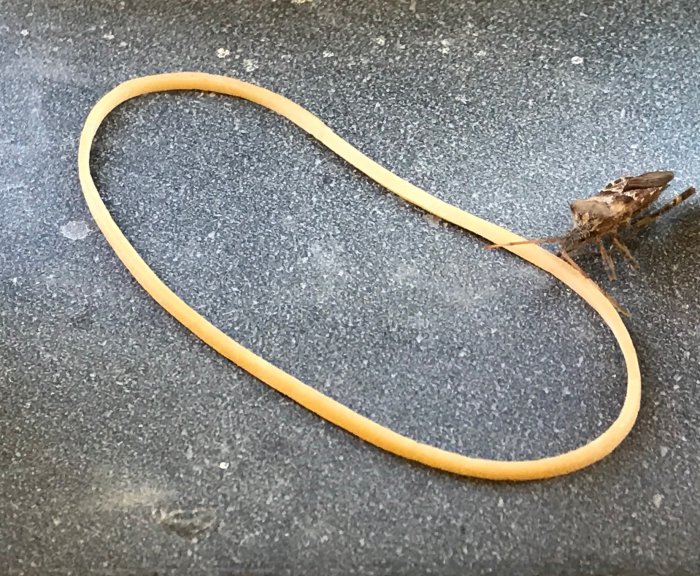
He was dead. Dead as a stink bug in a library. I poked him a little to make sure.
I’ll have to keep going to story time to monitor how long the carcass remains on the sill.

He was dead. Dead as a stink bug in a library. I poked him a little to make sure.
I’ll have to keep going to story time to monitor how long the carcass remains on the sill.
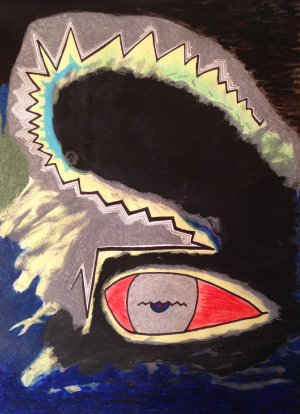
It must be migraine season. After three months without one, I’ve now had two in this first week of May. When it rains, it pours. This one got me at 2:30 AM.
The weather may actually be the culprit. We’ve had some rainy days lately. If there’s any consistent pattern of a migraine trigger for me, it’s changes in weather. Specifically, it’s the change from low pressure rainy periods to high pressure clear weather periods. After the rain clears and the sky is clear or has clouds that are thin and miles high, that seems to be a prime time for my head to cave in. A high pressure system did move in sometime during the night.
Before waking up at 2:30 AM, I had a dream that there was a light shining in my left eye. The odd thing was that I could only see that light when I closed my eye. When I opened it, the light wasn’t there. I puzzled over this in the dream. Then I woke up to “see” that I had an aura going on. I say “see” in quotes because the aura is there whether I open or close my eyes. Is that really “seeing?” The mildly unnerving aspect of waking up at night with an aura is that it makes me question whether my eyes are really open or not. Am I even awake or am I still dreaming?
When I notice an aura in my “vision,” I take migraine medicine as soon as possible. But at 2:30 in the morning, I didn’t feel like dealing with the hassle of swallowing those big capsules. They aren’t as bad as the big chalky pills I used to take. (You can read about how I nearly choked to death on one of those while at work: “Super Bowl Sunday/Death by Migraine.”) I just didn’t have the energy to get out of bed to get the capsules. The baby woke up at that time too. My wife changed him and got him back to sleep. I had difficulty getting back to sleep and contemplated getting up to make coffee. But what would I do downstairs alone in the middle of the night? So I just stayed in bed slowly morphing into a zombie and eventually falling asleep.
At this point in the day, I’m doing okay. I’ve had two cups of coffee (so far). I’ve had eggs and toast for breakfast. I feel a bit worn out. My head doesn’t hurt all that bad. I’ve been able to get some work done and write this blog post. Looks like I’ll live.
As for the artwork above, it was created after having a middle-of-the-night migraine a few years ago. That piece was accepted into an exhibit at Atlantic Healthcare Systems last year. I was honored that the piece was used on the exhibit flyers. You can view the exhibit catalog here.
More of my migraine art can be found at http://www.doodlesam.com/blog/migraine-art/. Here are a few pieces that I drew after nighttime migraines.
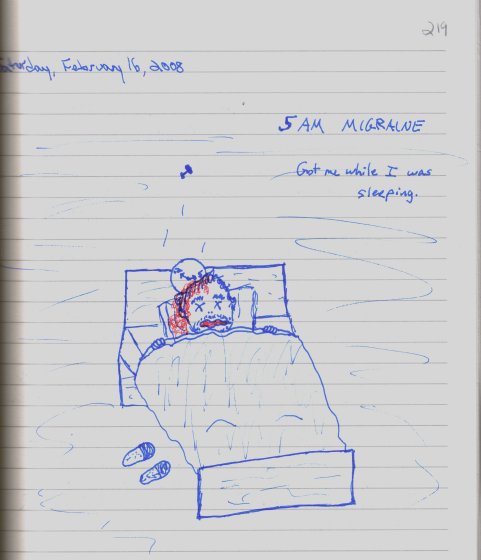
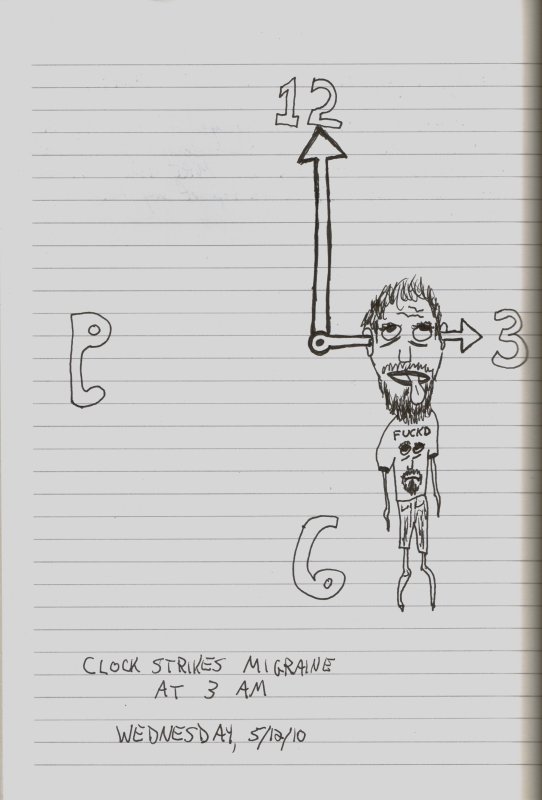
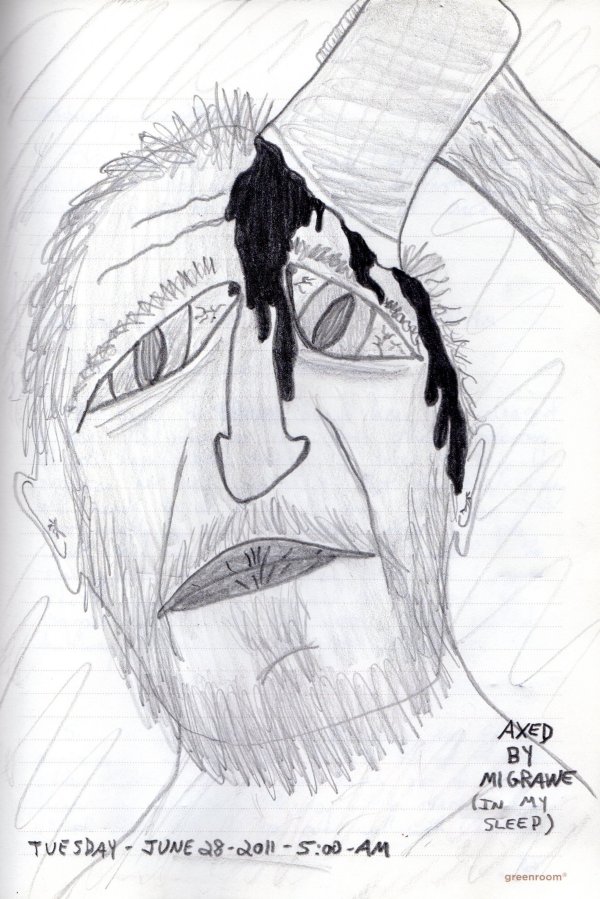
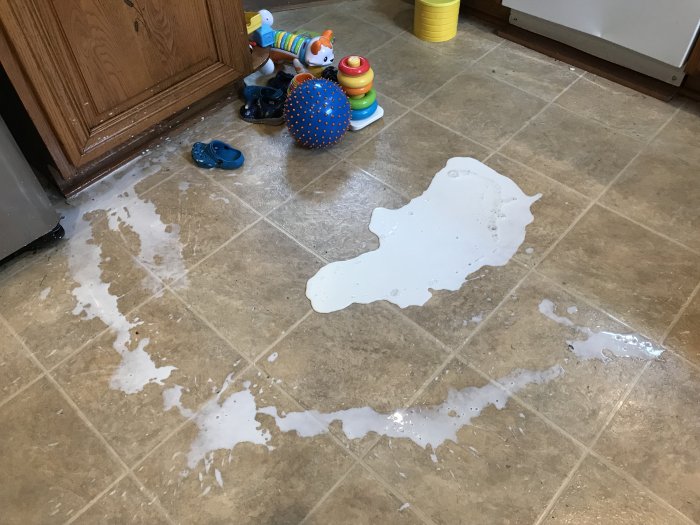
Some mornings, I get up and the sun is shining and the birds are singing, and the William Tell Overture is floating softly through the hills.
Like in this video:
But some mornings things go awry right from the get-go.
Like this morning when I heard the baby waking up and I promptly went to the kitchen to prepare a delicious wholesome bottle for the child. I would let the bottle warm while I went to his room to greet him, William Tell emanating from the very earth around us. I would change his diaper and freshen his bottom before he had a chance to fret. He would smile at his daddy. I would smile back. He would smile again.
I pulled the bottle out of the fridge and in one swift motion the damn thing slipped from my grasp and propelled itself toward the floor like a Grade-A-Vitamin-D-Added-Homogenized Kamikaze!
“Oh, fffffffffffudge!!!!!!”
“Only I didn’t say fudge. I said THE word. The big one. The queen mother of dirty words. The F-dash-dash-dash word.”
Like this:
I threw up my hands in defeat. Then I threw in the towel. Literally. Hell, I threw in multiple towels.
The baby? Oh, he went back to sleep for another hour.
I don’t blame him.
This situation reminds me of “Super Moist Fat Tuesday.” Incidentally, I have a migraine as I did that day too. Spilling copious amounts of liquids must be a migraine symptom. I’m good at it, apparently.
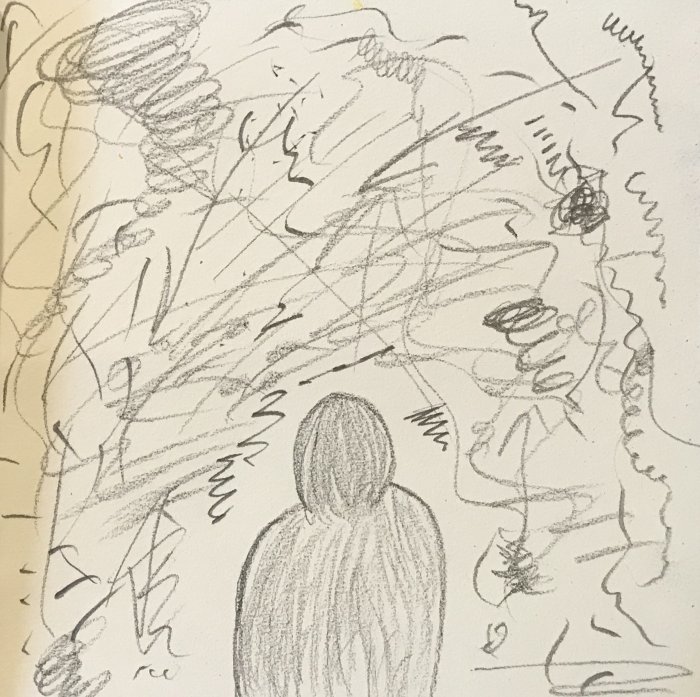
More here: http://www.doodlesam.com/blog/looks-like-meditate/

In a dream. Possibly at work.
I enter a room in which many people are milling about.
A guy says to me, “Sam, what stage are you?”
Me: “What stage am I?”
Guy: “Yes. Your cancer. What stage?”
Me: “Uh… I don’t have cancer.”
Guy: “Well, you are giving off such an odor that we all assumed you had cancer.”
Me: “No. It’s just a tooth that’s bothering me.”
Guy: “Hey, everybody! It’s not cancer. He just has a tooth bothering him.”
He walked away. No one else spoke to me.
I do have a tooth that’s bothering me. But I don’t think it’s giving off an odor. If there’s an odor, it’s because I need a shower. But it’s not at stage 4 level. Maybe stage 2.
Why wouldn’t people talk to me in that dream?